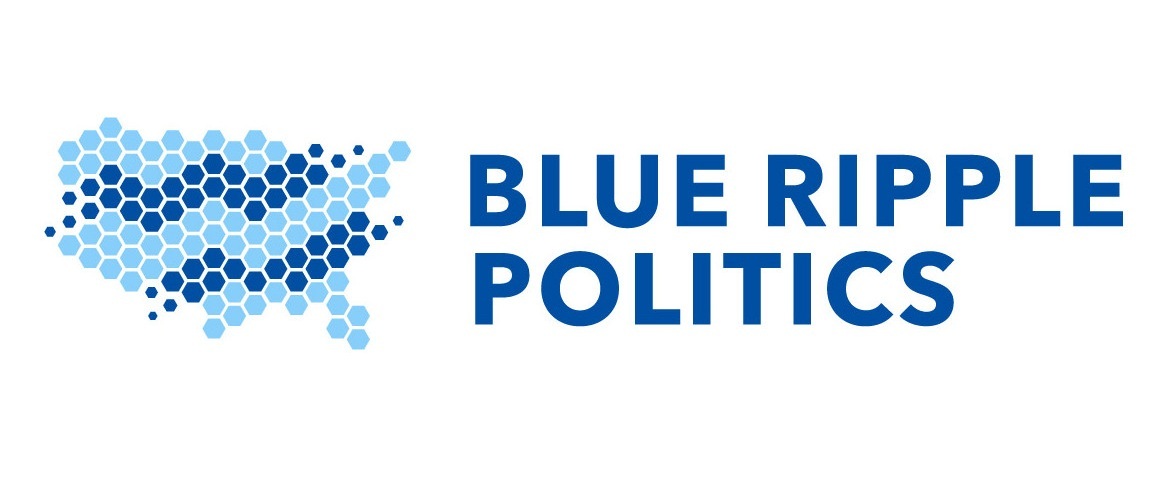NOTE (4/1/22): This analysis has now been updated with new maps and an ActBlue link!
With new maps on the horizon for 2022, pundits on sites like Cook and Sabato are predicting what will happen in U.S. House races … but that’s the wrong approach for Democratic donors!
As Dem donors, we’re more interested in what could happen if we applied resources strategically. Which are the biggest “bang for buck” districts where our support can do the most to help flip tenuous GOP seats or protect vulnerable Dems?
In our latest analysis, we answer that question for North Carolina — this post is a summary; full details are available in a longer post on our Github site. The TL;DR is that we think there are 4 NC House districts that merit strong support from Dem donors: 2 because they’re toss-ups in 2022, and 2 because although they’re likely D, they need some defense to remain that way. You can donate to all of them using the ActBlue link below!
Quick background: We’ve developed and refined a demographic model to project the intrinsic Democratic lean in each new district based on its makeup in terms of race, sex, education, and population density. When we put those demographics together with what we know about partisan lean and turnout, we think our model gives a more realistic forward-looking view than the “historical model” (which looks at past voting history) of what Dem donors could conceivably achieve if we’re smart about where to deploy our resources and energy.
In North Carolina, we think there are two toss-up districts (NC-9 and NC-13), one that has been historically Democratic but we think is trending toward being at-risk (NC-1), and one that is considered red by most folks, but we think might be trending slightly toward Dems over the longer-term (NC-7). The bottom line is that NC is currently 5D-8R, but with the added district and redrawn lines we think it could become 8D-5R if we play our cards right.
Here’s a quick summary of the 4 key districts we identified, with a play-by-play below:
| DISTRICT | OUR MODEL | HISTORICAL MODEL | NOTES/ANALYSIS |
| NC-1 | 55% Dem | 52% Dem | Becoming at-risk for Dems, but lower-priority this cycle. |
| NC-7 | 46% Dem | 44% Dem | Becoming flippable for Dems, but lower-priority this cycle. |
| NC-9 | 51% Dem | 47% Dem | Toss-up; flip opportunity for Dems. |
| NC-13 | 54% Dem | 51% Dem | Completely new boundaries; up for grabs. |
Here’s a play-by-play on the 4 key districts we identified:
NC-1: Incumbent G.K. Butterfield (D) is retiring after holding the seat for 18 years, and there are several primary candidates on both sides of the aisle. Under redistricting, NC-1 gained some counties from strongly R new NC-3, and it now needs some defense from Dems to keep it in the blue column.
NC-7: Republican David Rouser won this seat in 2014, and has reliably won at least 55% of the vote since then. The redrawn lines are slightly more blue-leaning, however, and although odds are low for Dem candidate Charles Graham, a current NC state legislator, we think the winds might be blowing in our favor over the longer term.
NC-9: Republican incumbent Dan Bishop is running in the nearby 8th district, which is now safe R. Meanwhile, the Republican incumbent in the old NC-8, Richard Hudson, is switching over to this district. The Republican primary winner will face current Dem state senator Ben Clark in what looks to be a tight but R-leaning contest.
NC-13: This new Frankenstein district, stitched together from parts of four prior districts, is a legit toss-up by many accounts. The primaries were a scrum on both sides, but NC state senator Wiley Nickel won the right to represent Dems against a political newcomer.
We’ve set up a handy ActBlue slate to donate to “Democratic nominee funds” in NC-1 and NC-13, and the Dem candidate in NC-9. (ActBlue hasn’t established a nominee fund yet for NC-7, but we’ll add it when they do!) Click below to donate in these high-priority races in North Carolina!
And for more info, please read our full North Carolina analysis here — it’s full of interesting data, thought-provoking charts, and additional detail about our methods. Also, stay in touch by signing up for our email updates (see below) … we have more state analyses in the pipeline for you!
Photo via Pixabay.

